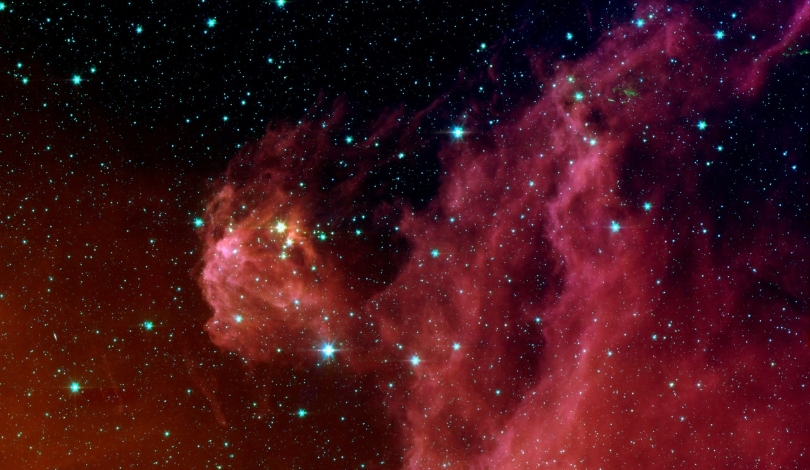Dwarf galaxies, though abundant in the universe, present unique challenges in understanding stellar formation. Recent discoveries highlight that even those situated alone, away from larger galactic neighbors, struggle to sustain star creation. This unexpected behavior prompts astronomers to delve deeper into the underlying mechanisms that inhibit these small galaxies from forming new stars.
Historically, dwarf galaxies near massive neighbors like the Milky Way were believed to lose their gas due to gravitational forces exerted by larger galaxies. However, the identification of quenched ultra-faint dwarf (UFD) galaxies in isolation suggests that other factors may contribute to the cessation of star formation, expanding the scope of current astrophysical models.
Why Do Isolated Dwarf Galaxies Cease Star Formation?
The discovery of three isolated UFDs—Sculptor A, B, and C—reveals that the absence of nearby massive galaxies does not prevent these dwarfs from running out of gas needed for star formation. Researchers suggest that internal mechanisms, such as supernova explosions and ram-pressure stripping, might play significant roles in removing the gas from these galaxies, thereby halting star creation.
How Do These Findings Challenge Previous Theories?
Previously, it was assumed that environmental factors like proximity to massive galaxies were the primary drivers in the depletion of gas in dwarf galaxies. The new findings indicate that even in isolation, dwarf galaxies can become quenched, suggesting that internal feedback processes and cosmic reionization might be more influential than previously thought.
What Are the Implications for Understanding the Early Universe?
These isolated UFDs serve as valuable laboratories for studying the conditions of the early universe. By analyzing their properties, astronomers can gain insights into the Epoch of Reionization and how the first stars influenced the evolution of small galaxies. Understanding these processes is crucial for constructing accurate models of galaxy formation and evolution.
“The Epoch of Reionization potentially connects the current day structure of all galaxies with the earliest formation of structure on a cosmological scale,”
explained Martin Still, NSF program director for the International Gemini Observatory. This connection underscores the importance of studying isolated UFDs to unravel the complexities of the universe’s formative years.
Moving forward, astronomers aim to discover more isolated UFDs using advanced telescopes like DECam and the Gemini South Telescope. These discoveries will help refine existing theories and provide a clearer picture of how the smallest galaxies evolve independently of larger cosmic neighbors.
The ongoing research emphasizes the need for extensive surveys and targeted observations to uncover the full population of isolated UFDs. By expanding the sample size, scientists hope to determine the prevalence of quenched star formation mechanisms and their impact on galaxy evolution.
Future projects, including the Euclid mission and the Rubin Observatory Legacy Survey of Space and Time, are expected to enhance our understanding by identifying numerous UFDs across diverse environments. These efforts will contribute to a more comprehensive understanding of the factors that govern star formation in the universe’s smallest galaxies.
The study of isolated dwarf galaxies not only challenges existing paradigms but also opens new avenues for exploring the intricate balance between internal and external processes that shape the destiny of galaxies. This research is pivotal in piecing together the cosmic puzzle of galaxy formation and the evolution of the universe.










